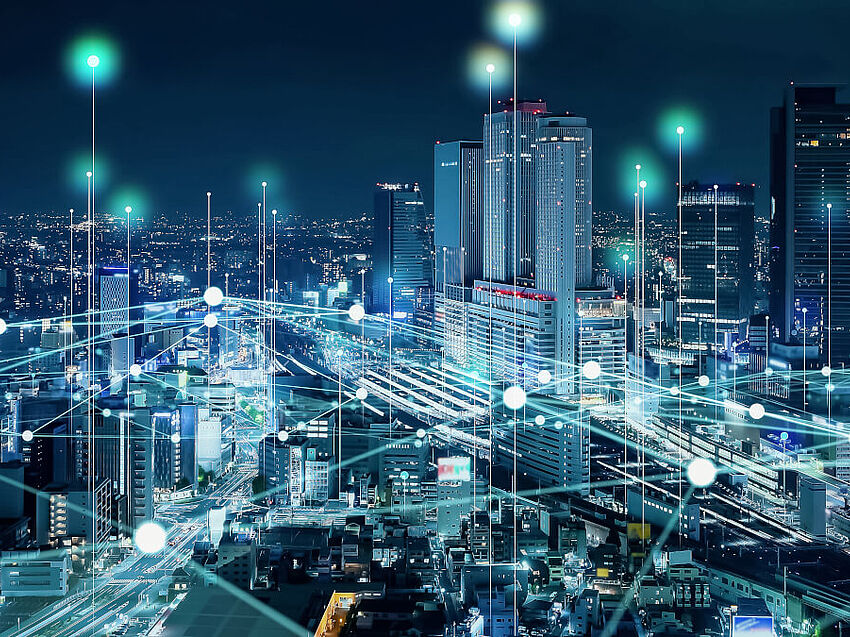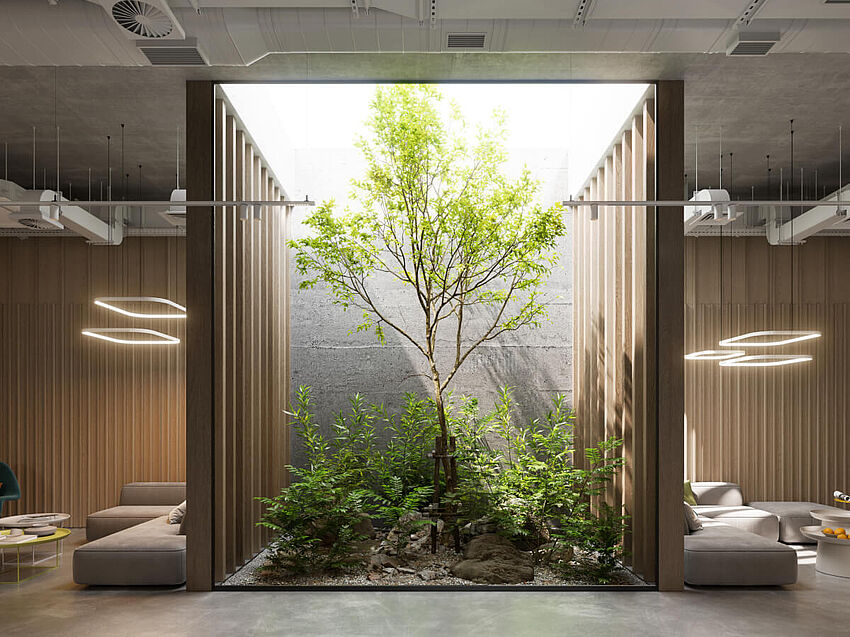The Predictive Corrosion Research That Could Change Material Design
Energy efficiency, healthy construction and sustainability - these three ideas determine the building trends in 2017. New legal regulations for cutting the energy requirement of buildings, intelligent shading systems, sustainable industrial buildings and accessibility are just some of the themes to occupy architects, civil engineers and builders in the next few years.
Climate policy decisions change the building planning regulations
2016 was a year of important climate policy decisions which impact on the building trends for 2017. On 22 September 2016, the Bundestag ratified the Paris climate treaty. In this the signatories undertake to limit global warming to 1.5 degrees Celsius. The Federal Ministry of the Environment is also working out the 2050 climate plan. By the middle of the 21st century virtually all cities and municipalities in Germany are to be climate-neutral, whilst simultaneously raising living standards. Civil society groups are critical however of the considerations put forward by the government: concrete targets are lacking. Furthermore, the demands fall way short of the EU building directive of 2010.
This directive provides that from as early as 2019 all new publicly managed buildings should meet the standard of the nearly zero energy building. For private sector buildings 2021 is the deadline. At its core, substantial climate change mitigation effect which is possible with low building and running costs. Also because the government will decide this year on an amalgamation of the Energy Conservation Regulations, (EnEV 2014, EnEV from 2016), Energy Savings Act (EnEG) and Renewable Energies Heat Act (EEWärmeG). The new name: 2017 Building Energy Act.
Modern climate control technologies improve room air
Energy efficiency closely depends on Healthy Construction. It concerns a holistic approach, covering elements such as indoor climate, renewable energies and high quality building materials. As buildings become increasingly sealed, the pollutants in the indoor air are on the rise. These can adversely affect the comfort and health of the residents. Therefore, the industry is developing new climate control technologies. Intelligent shading systems, passive solar energy use or a modified building insulation are just some of the building trends for 2017.
Sustainable building projects connect functionality, aesthetics and ecology
Also setting trends are the nominees for the 2016 sustainability prize of the German Sustainable Building Council (DNGB). With the ‘Solar Caterpillar’ day nursery in Marburg the architects designed a building which meets the highest aesthetic and ecological requirements. At the Schmuttertal-Gymnasium in Diedorf the jury praised the modular building method and the “plus energy” standard in particular.
Some industrial projects also made the short list. For example, they were impressed by the Wittenstein Innovationsfabrik in Igersheim-Harthausen with its clear layout of areas, the architectural link of ways of thinking and working and also its energy efficiency. A photovoltaic system and external awning reduce the energy demand in comparison with the demonstration house by around 40 percent against the EnEV 2009.
Demographic change alters room concepts
Senior-friendly living will also play an important role in 2017, although only accounting for 26 percent. This is demonstrated by the 2016/2017 trend study by BauInfoConsult. The demographic developments change the approach to house building. Younger families, who inherit or buy houses from the 1960s and 1970s, increase the average living space. This has doubled since 1960 from 19 to around 40 square metres per person. Young home owners renovate heating and ventilation systems and invest in renewable energies.
In contrast, the ageing population who need in particular accessibility: generous room layout, wider doors and ground-level access. Electronically controlled shutters and window openers, lights with motion sensor or modern door intercom systems provide greater convenience in old age.
Energy efficiency, sustainability and comfortable living take centre stage in 2017
The climate policy developments in Germany, Europe and across the world have made energy efficiency one of the most important themes in construction. This trend is set to continue in 2017. Sustainable building in connection with the higher demands from people in terms of comfort and accessibility will have a major impact on new buildings and also redevelopments in the years ahead.




